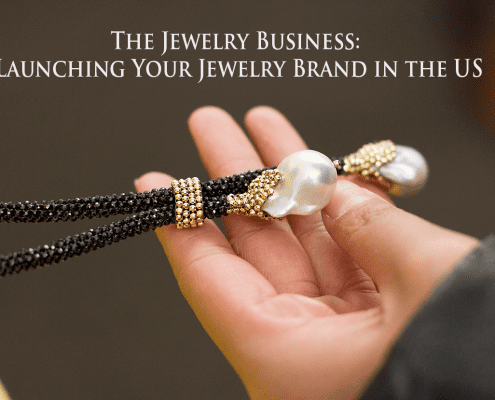
The Jewelry Business
The Jewelry Business offers an intensive, hour-long presentation of everything you need to know to launch and grow your jewelry business in the U.S. market.
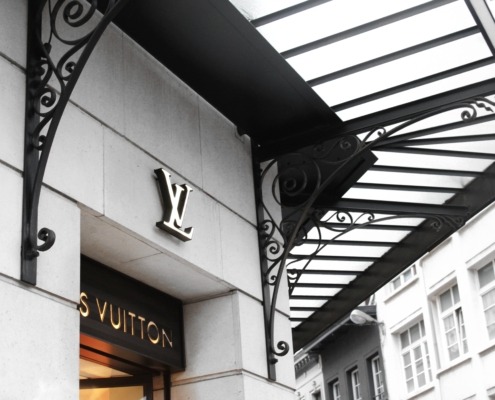 https://www.lmrpr.com/wp-content/uploads/2022/07/llibert-losada-wG61Pzkoz7k-unsplash-2-scaled.jpg
1707
2560
msraji
https://www.lmrpr.com/wp-content/uploads/2019/04/TLRA_long_transparent_web-2.png
msraji2022-07-22 17:40:492025-07-02 20:10:18Attracting High Net Worth Customers in the Digital Age
https://www.lmrpr.com/wp-content/uploads/2022/07/llibert-losada-wG61Pzkoz7k-unsplash-2-scaled.jpg
1707
2560
msraji
https://www.lmrpr.com/wp-content/uploads/2019/04/TLRA_long_transparent_web-2.png
msraji2022-07-22 17:40:492025-07-02 20:10:18Attracting High Net Worth Customers in the Digital Age https://www.lmrpr.com/wp-content/uploads/2022/07/max-van-den-oetelaar-buymYm3RQ3U-unsplash-1.jpg
1280
1920
msraji
https://www.lmrpr.com/wp-content/uploads/2019/04/TLRA_long_transparent_web-2.png
msraji2022-07-08 01:36:422025-07-02 20:10:34Finding Your Design Inspiration
https://www.lmrpr.com/wp-content/uploads/2022/07/max-van-den-oetelaar-buymYm3RQ3U-unsplash-1.jpg
1280
1920
msraji
https://www.lmrpr.com/wp-content/uploads/2019/04/TLRA_long_transparent_web-2.png
msraji2022-07-08 01:36:422025-07-02 20:10:34Finding Your Design Inspiration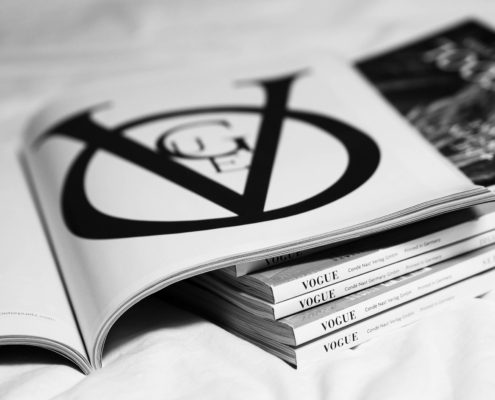 https://www.lmrpr.com/wp-content/uploads/2022/07/laura-chouette-RRWOOiUZFxc-unsplash-scaled.jpg
1707
2560
msraji
https://www.lmrpr.com/wp-content/uploads/2019/04/TLRA_long_transparent_web-2.png
msraji2022-07-08 00:57:162025-07-02 20:10:52Hiring a PR Agency
https://www.lmrpr.com/wp-content/uploads/2022/07/laura-chouette-RRWOOiUZFxc-unsplash-scaled.jpg
1707
2560
msraji
https://www.lmrpr.com/wp-content/uploads/2019/04/TLRA_long_transparent_web-2.png
msraji2022-07-08 00:57:162025-07-02 20:10:52Hiring a PR Agency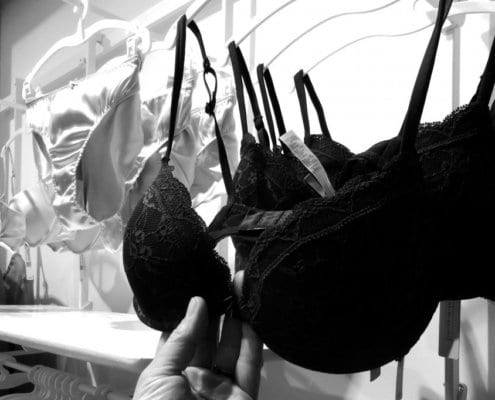 https://www.lmrpr.com/wp-content/uploads/2019/06/bra2_sm.jpg
682
1200
msraji
https://www.lmrpr.com/wp-content/uploads/2019/04/TLRA_long_transparent_web-2.png
msraji2019-06-15 01:41:062022-07-07 01:35:36Why Victoria’s Secrets Is Losing Customers
https://www.lmrpr.com/wp-content/uploads/2019/06/bra2_sm.jpg
682
1200
msraji
https://www.lmrpr.com/wp-content/uploads/2019/04/TLRA_long_transparent_web-2.png
msraji2019-06-15 01:41:062022-07-07 01:35:36Why Victoria’s Secrets Is Losing Customers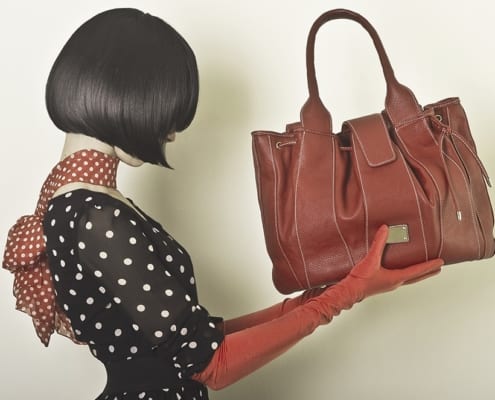
Build Customer Loyalty
As you’re considering how you’re going to sell your next big-ticket item, you must begin at the soul of the customer. For some, this may seem like Marketing 101, but you’d be surprised at how many brands seem to forget this.
 courtesy HBO
https://www.lmrpr.com/wp-content/uploads/2019/06/gameofthrones.jpeg
675
1200
msraji
https://www.lmrpr.com/wp-content/uploads/2019/04/TLRA_long_transparent_web-2.png
msraji2019-06-14 21:22:342023-12-13 19:31:11Strategy Development Process
courtesy HBO
https://www.lmrpr.com/wp-content/uploads/2019/06/gameofthrones.jpeg
675
1200
msraji
https://www.lmrpr.com/wp-content/uploads/2019/04/TLRA_long_transparent_web-2.png
msraji2019-06-14 21:22:342023-12-13 19:31:11Strategy Development Process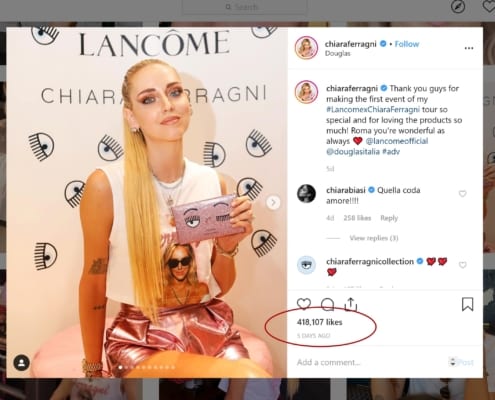 https://www.lmrpr.com/wp-content/uploads/2019/06/Chiari.jpg
1710
2838
msraji
https://www.lmrpr.com/wp-content/uploads/2019/04/TLRA_long_transparent_web-2.png
msraji2019-06-14 02:22:302023-12-13 19:30:50Increase Social Media Engagement
https://www.lmrpr.com/wp-content/uploads/2019/06/Chiari.jpg
1710
2838
msraji
https://www.lmrpr.com/wp-content/uploads/2019/04/TLRA_long_transparent_web-2.png
msraji2019-06-14 02:22:302023-12-13 19:30:50Increase Social Media Engagement